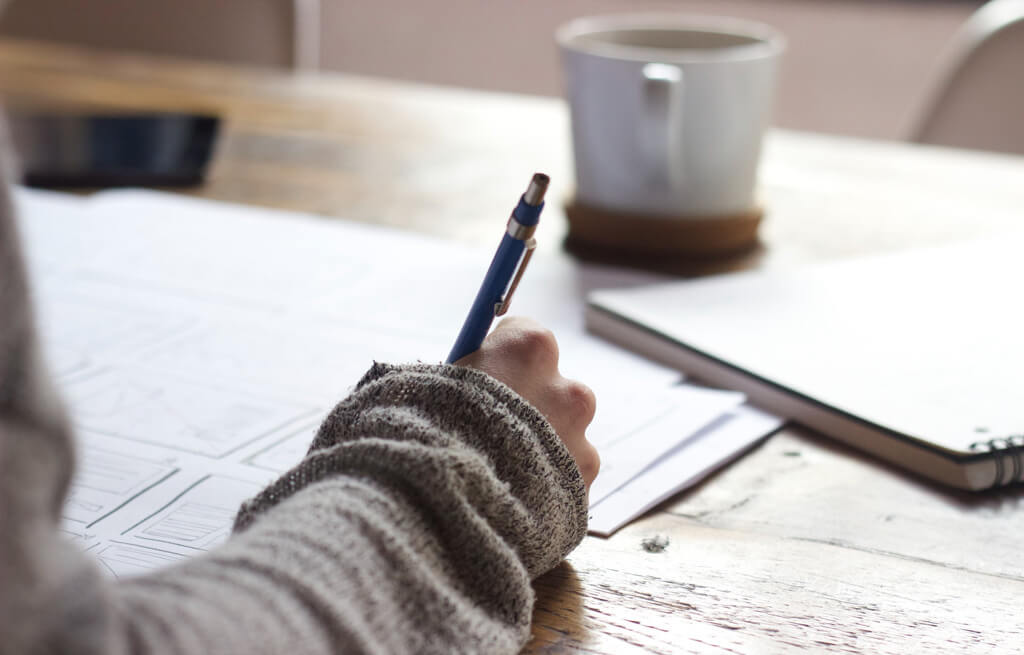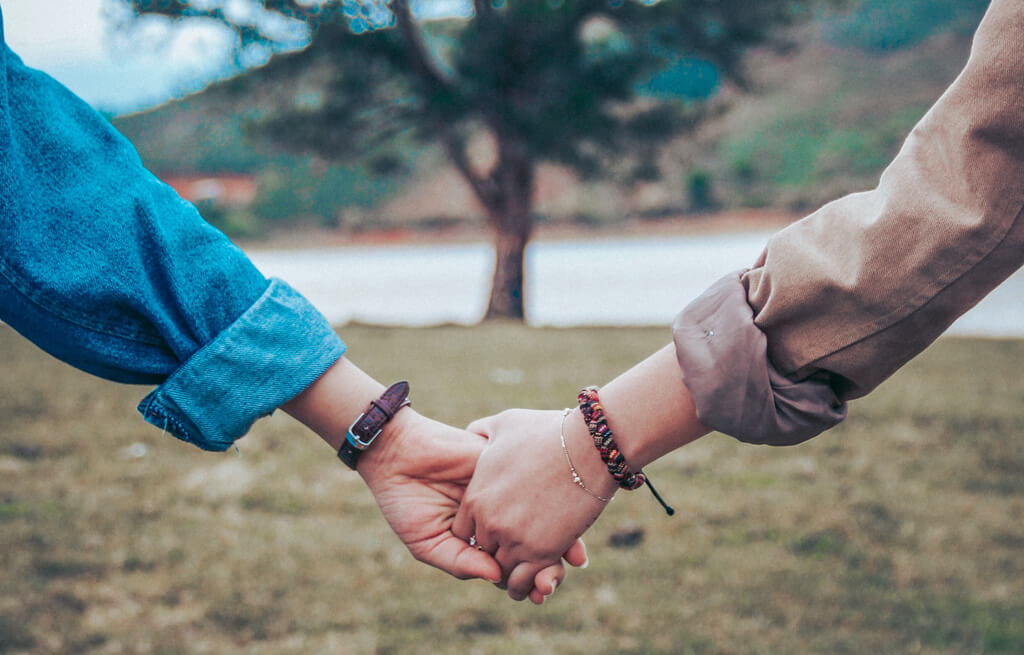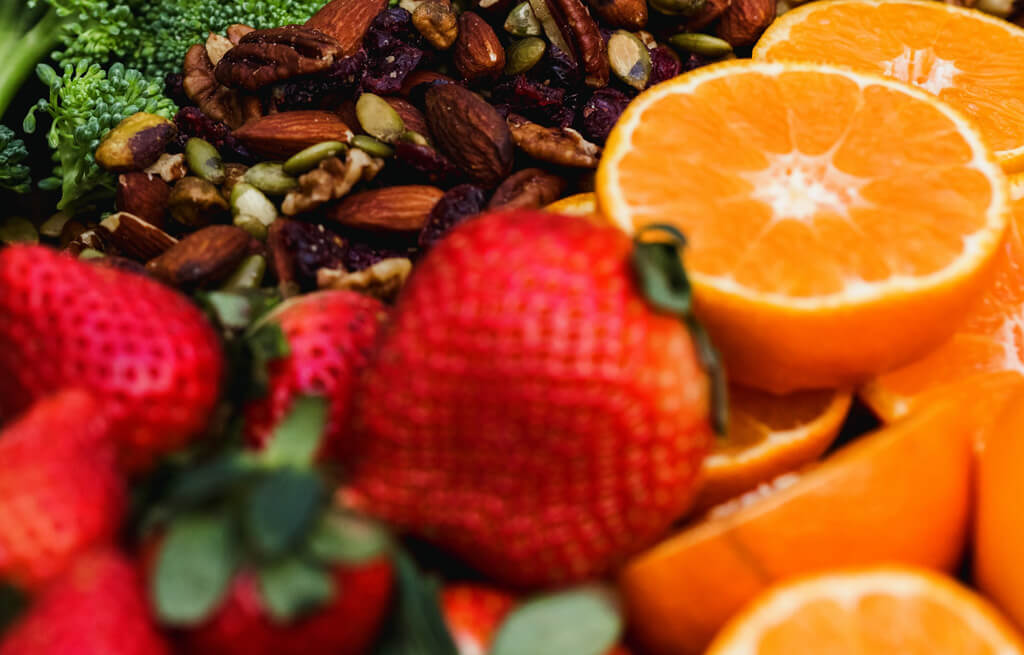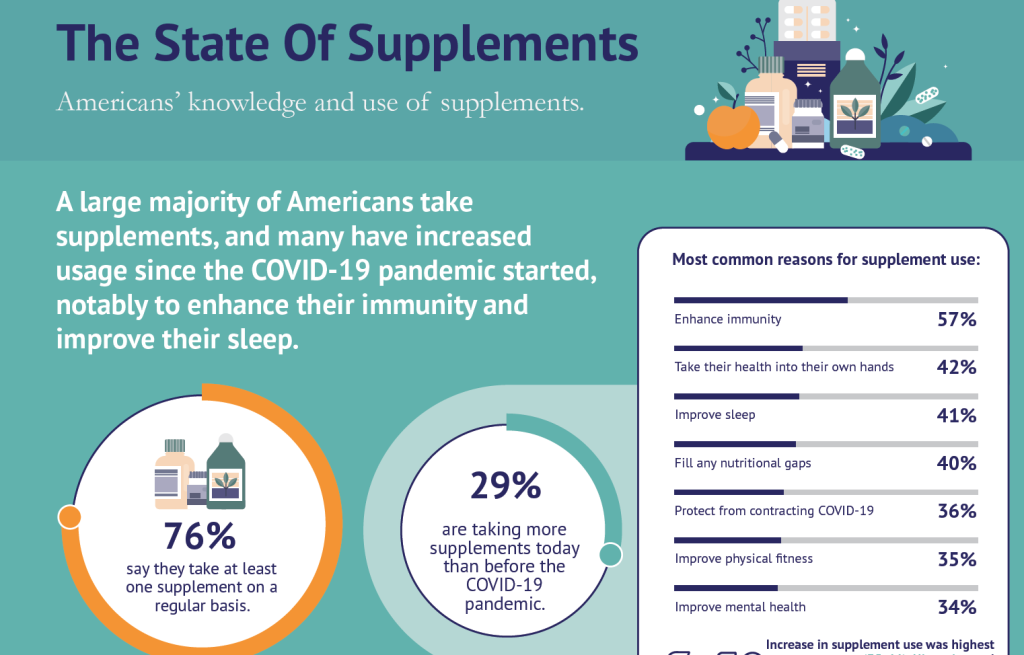
Financial Impact of Cancer Pocket Guide
If you or a loved one are diagnosed with cancer, financial worries may be the last thing on your mind. This pocket guide is designed to help you assess your situation, spot financial pitfalls, and avoid what many health-care providers call “financial toxicity.”
READ MORE
Cancer and Sexual Health Pocket Guide
Your sex life doesn’t have to end when you are diagnosed with cancer. What’s likely, though, is that it will change, just as it changes with other life events. Cancer has physical, mental, and emotional effects on your sex life. It’s important to emotionally prepare for the changes that may occur and eventually adjust to the change that you have experienced because of cancer treatment.
READ MORE
The Pocket Guide to Cancer and Spirituality
Our Pocket Guide to Spirituality and Cancer reveals that while you may feel alone in grappling with spiritual questions, most people with cancer do this.
READ MORE
The Pocket Guide to Nutrition and Cancer
The question, “What should l eat?” is common after a cancer diagnosis. It may be prompted by concern about side effects or the search for a cancer-curing diet.
READ MORE
The State Of Supplements – Infographic
A large majority of Americans take supplements, and many have increased usage since the COVID-19 pandemic started, notably to enhance their immunity and improve their sleep. While most Americans take supplements, many lack knowledge on safe use recommendations.
READ MORE
Designing a Healing Environment by Removing Stress Barriers
Depressed, or anxious? Adapt your environment to soothe and heal rather than overwhelm and stress you with this free downloadable guide.
READ MORE